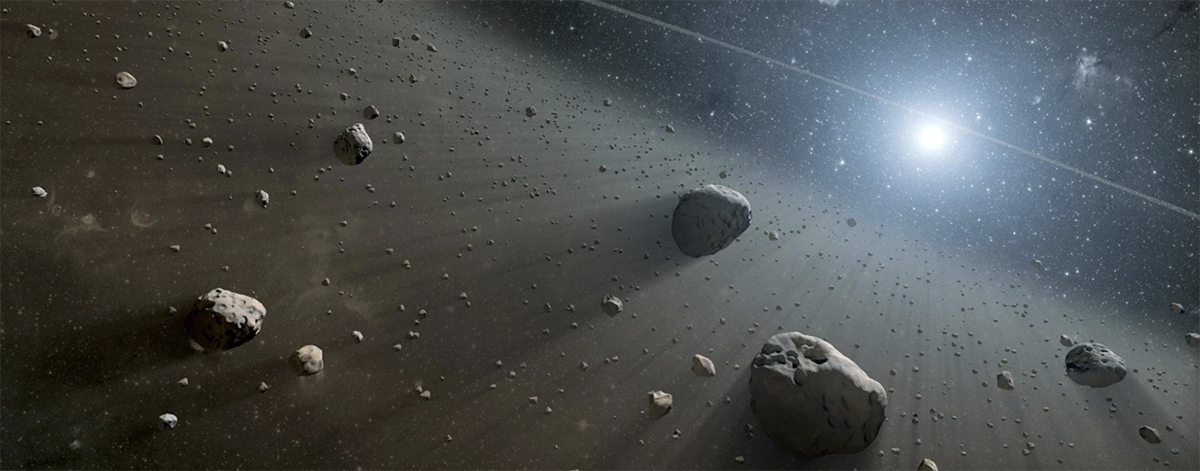The minor bodies of the Solar System are those that orbit the Sun and do not correspond to a planet, dwarf planet or satellite. Therefore, they are minor bodies. kites, asteroids and meteoroids. Based on the official definition of a planet by the International Astronomical Union (IAU), it is possible to define a minor body in the Solar System as “any celestial body that, without being a satellite, has not achieved sufficient size/mass to adopt hydrostatic equilibrium“.
![]()
A particularity of minor bodies is that they are very small, and therefore difficult to identify. In fact, they are objects that are continually being discovered and whose total quantity can only be estimated based on various observations. Every year new comets are discovered, which mainly come from the Öort Cloud; The same occurs with asteroids, which are mainly found in the belt between Mars and Jupiter, but there are many others without a defined orbit, others close to the Earth (NEOs, Near-Earth Objects) and others potentially dangerous (PHAs, Potentially Hazardous Asteroids).
On the other hand, the number of meteoroids is practically unlimited, since it includes objects ranging in size from 100 µm to 50 m. This includes the vast majority that end up disintegrating in the Earth's atmosphere and generating fleeting flashes (1 to 3 seconds) known as meteors.
A more complete description of each member of the minor body group is available as part of the subsections in the right column.


